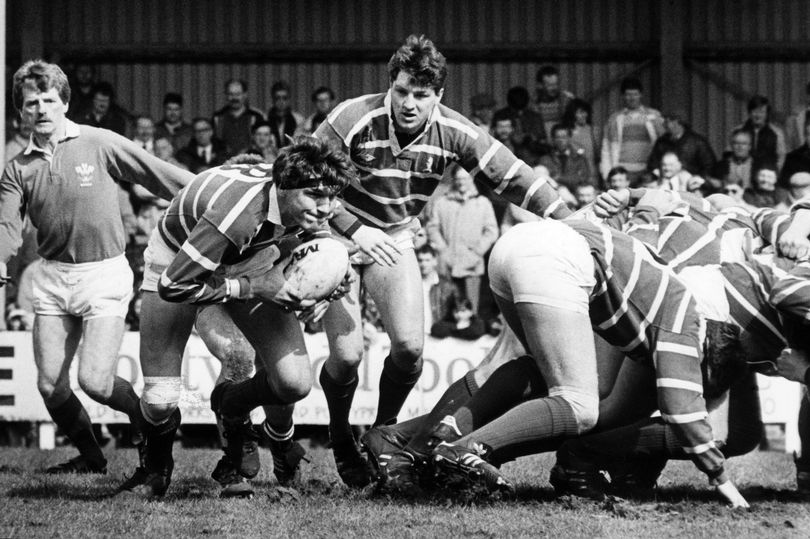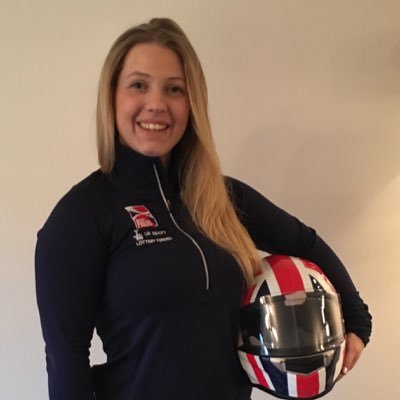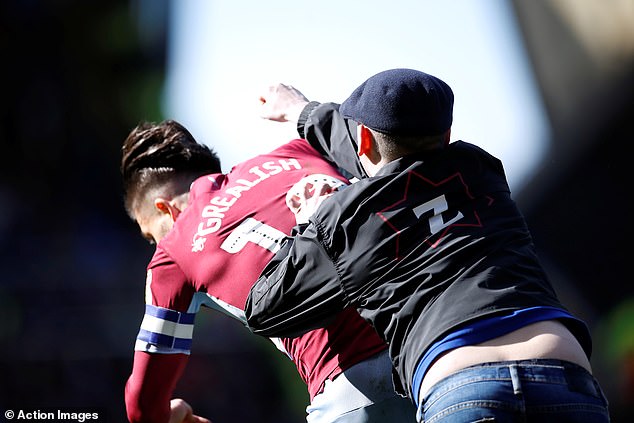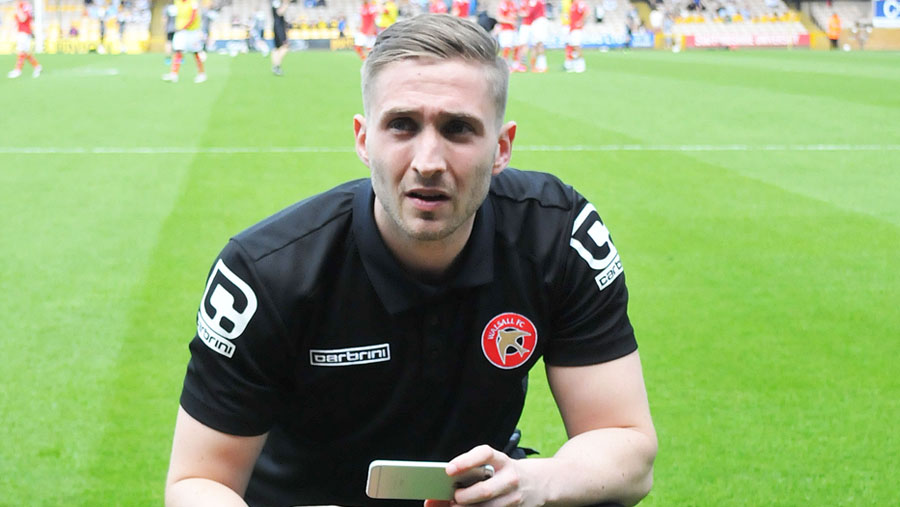How does my work engage audiences with the ‘public sphere’?
My three 500-word journalistic articles were all written for the local citizen website ‘Birmingham Eastside’. This site reports local news for the Birmingham area and the east side of the city in particular, this is an example of hyperlocal news. My three articles are based on a global and community impact issue ‘how Coronavirus is affecting students’. All three articles include in-depth interviews with students that come from the Midlands area and the pieces display the impact that Coronavirus has had on the students in different ways. Whether it be financially, impacting their degree in terms of grades, impacting internships and placements or impacting their mental health. These issues cover both a global and a community impact as Coronavirus is a global issue and has affected millions of people across the globe and it is also a community issue as local students within the Midlands area are having their degrees impacted heavily by the global pandemic.
Long and Wall said that the ‘public sphere’ is used by Jürgen Habermas to describe ‘a conceptual space rather than a literal space, a space in which a public opinion can be created and interests can be collated. Ideally, this sphere, as a public space, is open to all, on the basis that participants come to discuss and argue as rational beings in the interests of the greater good’ (Long and Wall, 2012:183).
Habermas is a sociologist inspired by Karl Marx, he defines the ‘public sphere’ by ‘we mean first of all a realm of our social life in which something approaching public opinion can be formed. Access is guaranteed to all citizens. A portion of the public sphere comes into being in every conversation in which private individuals assemble to form a public body… Citizens behave as a public body when they confer in an unrestricted fashion – that is with the guarantee of freedom of assembly and association and the freedom to express and publish their opinions – about matters of general interest’ (Habermas, 2001: 73).
Birmingham Eastside can be seen as a platform or public space for students and journalists to explore and present ideas and publications that cover areas of global and community impact. I have used it as a basis of publication style in my three journalistic articles as it displays issues of Coronavirus impacting students and their degrees. This public sphere which is created can offer an opportunity for the social groups involved to ‘discuss with each other, and sometimes with public officials, matters of shared concern’ (Fraser, 1993: 27).
Something that is evident within my presentation of three journalistic articles is that they can be discussed on a political level as well as a personal level. The issues raised can be debated on a wider scale than just socially, they can be discussed at government level or local councils. ‘The public sphere designates a theatre in modern societies in which political participation is enacted through the medium of talk’ (Fraser, 1993: 2).
Birmingham Eastside targets a very specific area of the city, but with it being an online website, it can be shared an unlimited amount of times by users and readers, therefore reaching a wider, greater community and stepping outside of that specific public sphere. This is why I feel that Birmingham Eastside is an appropriate publication for my three articles. However, they currently reside on my publicly available blog, waiting to be submitted for review on Birmingham Eastside. My blog has its own public sphere as it has a number of followers and I also share it on my social media platforms. This public sphere allows for conversation and debate around my blog posts and they can be shared further.
Writing for particular delivery contexts – making choices with language and mediation to adhere to the style and ethos of my hypothetical outlet.
Language and mediation are important factors to consider when writing journalistic articles. Affordances are the textual characteristics and user practices that are facilitated and constrained by a certain media platform. ‘Affordance is a relational concept that takes into account both the material features of the technology and the subjective perceptions and goals of the user’ (Gibson, 1979).
Many of the key linguistic choices I made in my three journalistic articles had relation to the audience I had in mind, this being predominantly students. As my articles tackle issues that students are facing during a pandemic, I felt it was appropriate to write my articles in a way that would resonate with their audience. ‘Any media text is constructed and given shape by those writing it’ (Van den Bulck, 1999). Although academics, many students are of the younger age bracket within society, therefore, being a student myself I wrote in a way that I would enjoy reading personally. Writing in a way that is not too complex, using simpler words where necessary but also having a sense of intellect and formality within the pieces.
In my article ‘Young teacher at the centre of the Coronavirus outbreak’ I purposely used words such as ‘trapped’, ‘scared’ and ‘panicked’ as these words summarise perfectly the emotions created by the article and more importantly, the emotions that the interviewee felt throughout her time stuck in Wuhan during the outbreak of the Coronavirus. This stylistic choice adheres to the intended media outlet as the majority of this audience are students and academics and they may be similar ages so can empathise with the interviewee in the piece. Within this piece I also decided to use multiple quotes as I felt that the most important content within the article was the interviewee’s voice and her story. My lead into quotes provided context and background to her story but her quotes are the driving force of the story, they are what create empathy for the reader.
In my article ‘Students’ cancelled internships threatening to affect final degrees’ I intentionally used words such as ‘rely’, ‘worried’ and ‘uncertainty’ as these words all represent the feelings that students are going through currently due to the national lockdown. They are also emotions and descriptions of how the interviewees in the article are feeling at this present time and this is echoed by their quotes in the piece. This will relay into the reader and create empathy or concern for the students’ wellbeing and careers. This linguistic decision fits the intended media outlet Birmingham Eastside as, the majority of its readers are students and they can echo the worries of the interviewees within the piece.
In my article ‘Student feels there should be “some form of compensation” for academic year’ I decided to use phrases such as ‘expectations’, ‘compensation’ and ‘missed out on’ because they captivate the themes within the piece. The interviewee feels there should be some form of compensation for students due to the vital contact hours they have missed out on at university due to the national lockdown. This linguistic choices echo the thoughts of the majority of the audience as they will in turn be students as well. In all three articles I have allowed the quotes to take centre stage as I believe these are the pull factors on the pieces, they are the most important part as they form the making of the stories.
How have I considered News Values and Ethics in the construction of my journalistic work?
News values and ethics can help determine whether an article is suitable to be published. I considered news values and ethics when deciding on the topic of my three articles and how to base them. I decided to focus on the impact Coronavirus is having on students and I believe I have considered news values and ethics throughout the production of my articles. I intended to provide a form of insight within my pieces as it may be helpful or useful for the intended audience. ‘News values will determine whether stories are to be pursued. They will establish whether, if pursued, they will then be published. They will determine, if published, where the stories will be placed in news presentation’ (Conley & Lamble, 2006: 42).
Paying attention to news values and ethics can increase the probability of articles being read and engaged with, as they adhere to what is accepted and what is not within journalistic pieces. If these are not followed, the piece may come under some form of criticism or not published in the first place. I also wanted to offer comfort and support to students in similar situations as to those in the articles, therefore displaying hyperlocal news within a community, being students. This can be displayed as a means to ‘foster and inform plural debate around contentious local issues’ (Williams et al, 2015: 682).
Building narrative in my work – outlining and assessing how effective my narrative is through language choice and empathy.
Narrative is a vital aspect of forming and constructing journalistic articles, it is what entices a reader, it gives a piece rhythm and encourages the audience to continue reading. It is imperative to the ordering of events and linking into quotes and comments from sources or interviews. ‘Narrative refers to the organisation of textual elements into a pattern in terms of space, time and perspective. It is the narrative that encourages us to read specific parts of the text as ‘events’ which are ordered through time and which we conceive as the cause of other events’ (Long and Wall, 2012:82).
The way in which I have ordered events in my three articles relates to how I aim to interact with the intended audience within my pieces. The interviewee’s quotes remain as the main body and driving force of information and empathy within my pieces as I want their stories to be what the audience take from reading and engaging with my piece. My role as a journalist here is to share their story and use it to inform, educate and support others in similar positions as themselves. I have added relevant comment and narration from myself where possible and used it as a voice to add reason and justification to the articles.
I have used empathy as the main pull factor and story driving technique within all three of my stories as all of them feature students that have recently suffered a form of hardship or uncertainty due to Coronavirus. This forms the basis of my narratives and allows the story to flow from emotive quotes to facts and comments from me within the piece as a journalist. Building a narrative is essential as it allows the story to develop and change throughout the piece. As referenced to previously, I have used language specifically to create empathy and emotion within my articles, empathy can lead a reader to take action, whether it be research into the issues raised in the piece, or reach out to others affected similar to those in the articles. However, I am more acquainted to writing sports stories and adapting to writing these types of journalistic articles proved challenging at times. I am used to creating emotion and empathy in pieces, setting scenes and finding the narrative, I think I used this effectively in my pieces and expressed informative and emotion provoking stories as a journalist.
References
Conley, D., & Lamble, S. (2006) The Daily Miracle: An Introduction to Journalism, Oxford, Oxford University Press.
Fraser, N. (1993), “Rethinking the Public Sphere: A Contribution to the Critique of Actually Existing Democracy”, in Robbins, B. ed. (1993) The Phantom Public Sphere 2. Minnesota, University of Minnesota Press.
Gibson, J., (1979) The Ecological Approach to Visual Perception. Psychology Press & Routledge Classic Editions.
Long, P., & Wall, T. (2012) Media Studies: Texts, Production and Context, London, Pearson.
Van den Bulck, J. (1999) “Mediation: toward a media theory of the social construction of reality”, Communicatio, 25:1-2, 3-11, DOI: 10.1080/02500169908537875
Williams, A., Harte, D. & Turner, J (2015) “The Value of UK Hyperlocal Community News”, Digital Journalism, 3:5, 680-703, DOI: 10.1080/21670811.2014.965932










